The 7 Best Botanical Gardens In The US
How many have you been to?

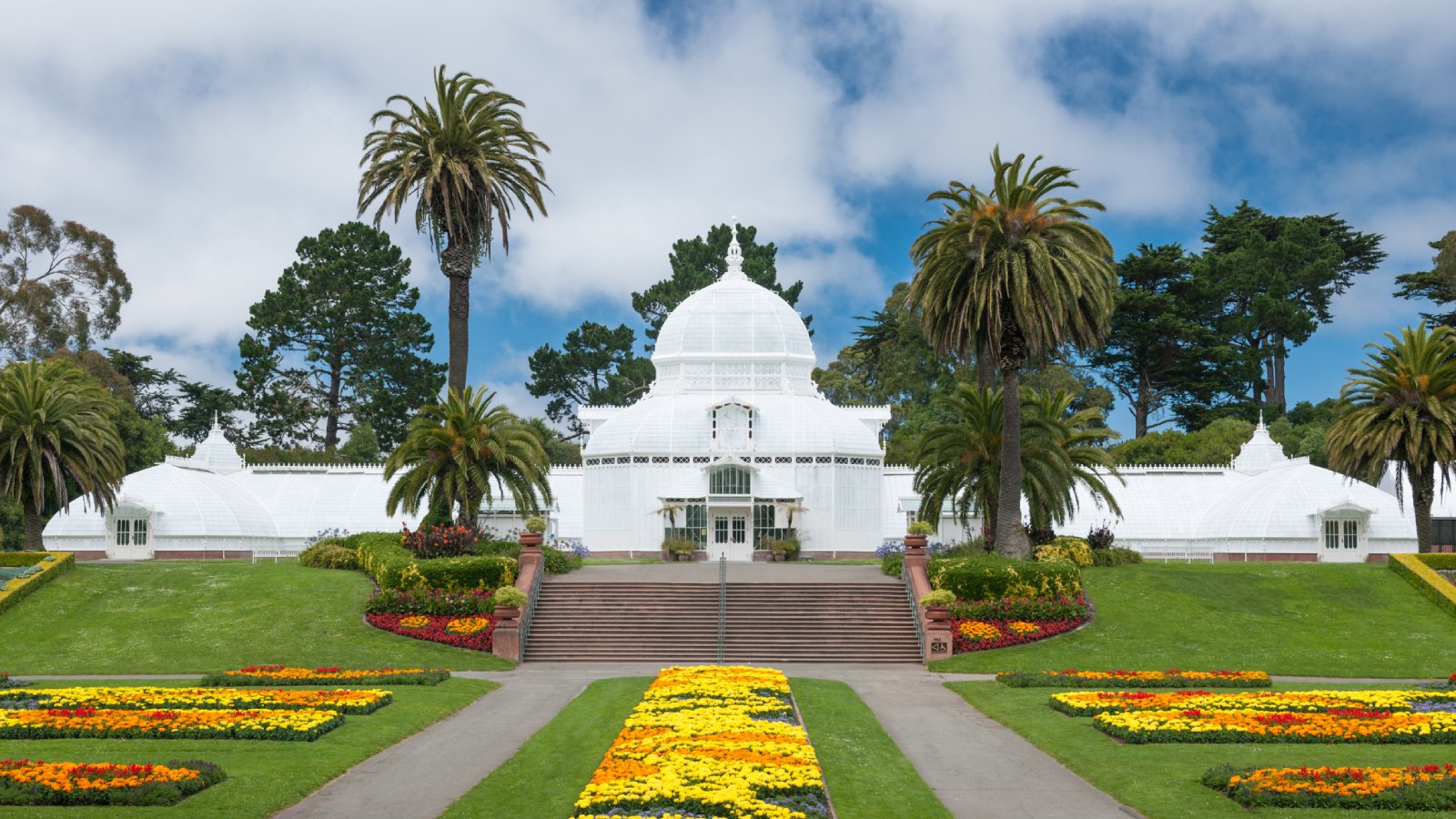
- The Best Botanical Gardens
- 1. Arizona-Sonora Desert Museum, Tucson, Ariz.
- 2. San Francisco Botanical Garden, San Francisco, CA
- 3. Betty Ford Alpine Gardens, Vail, CO
- 4. Filoli Gardens, Woodside, CA
- 5. Missouri Botanical Garden, St. Louis, MO
- 6. San Antonio Botanical Garden, San Antonio, TX
- 7. Brooklyn Botanical Garden Brooklyn, NY
Don’t let the name fool you. Although “botanical” gardens serve to protect and propagate endangered plant species, they are also among the most beautiful public collections of plant life you can visit- and every state has some. Many are free, and most are affordable, so everyone – local or tourist – can enjoy a visit to one of the best botanical gardens in America.
The Best Botanical Gardens
Every botanical garden is different. So, while this list reflects some of the best botanical gardens, every single one in the country merits a visit.
1. Arizona-Sonora Desert Museum, Tucson, Ariz.

The Arizona-Sonora Desert Museum is a many-splendored thing. It fuses a botanical garden with a history museum plus a free-range zoo and includes an aquarium, earth science center, and a desert loop trail. It’s an all-day adventure and a wonderful way to explore the flora (and fauna) of this magnificent desert. It is not free, but given its many facets, many find it well worth the admission price.
The Sonoran Desert region is the lushest desert on the planet and home to over 2,000 species of plants. It gets both the gentle winter rains of the Pacific Northwest and the wet, tropical summer monsoons of the Gulf. The botanical is known for its incredible Saguaro cacti exhibits, but there are over 56,000 plant specimens within its ecosystem.
2. San Francisco Botanical Garden, San Francisco, CA
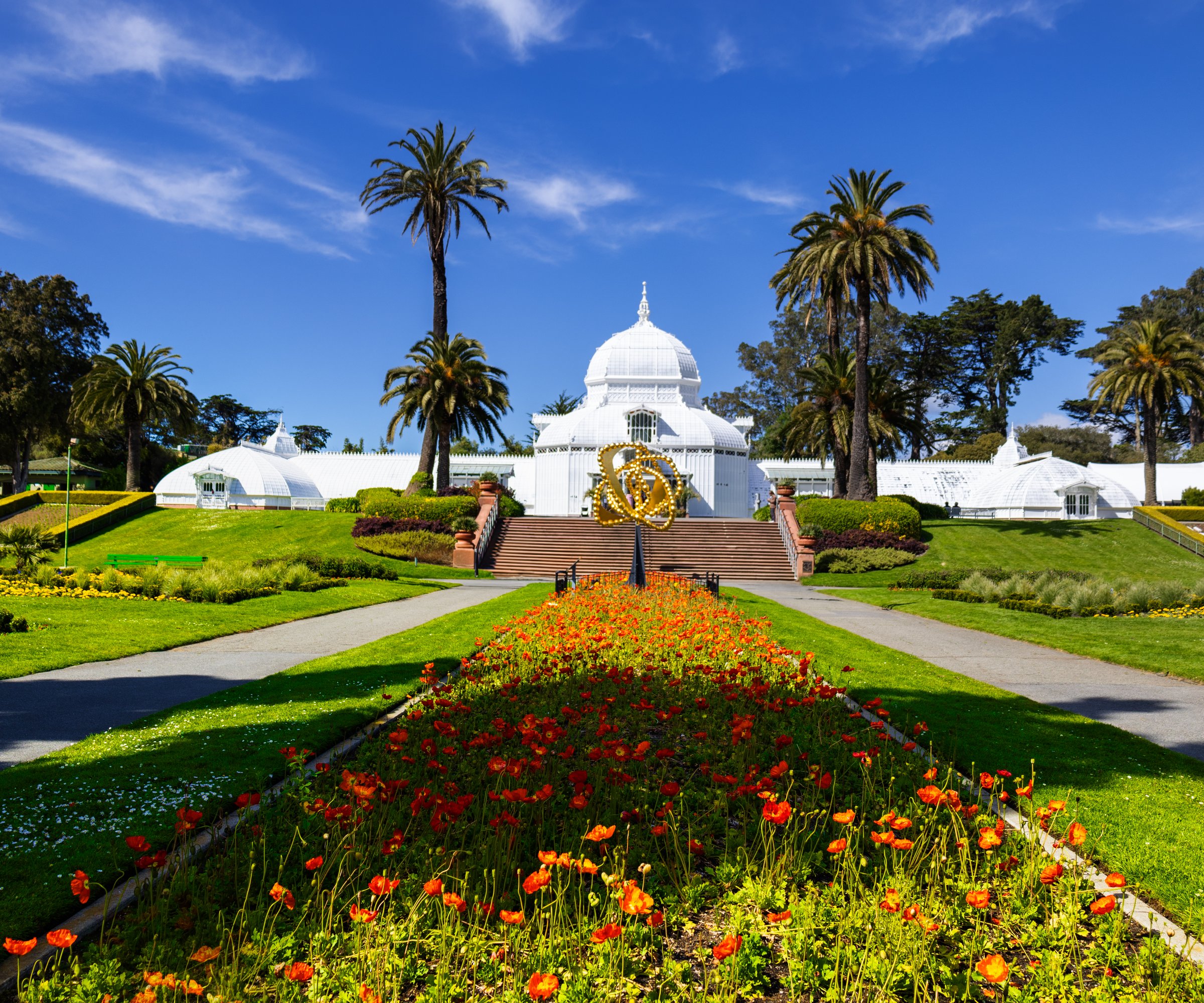
Yes, there is a lot to see in San Francisco, one of the top travel destinations in the world – from the Golden Gate Bridge to little cable cars. But if you’re in the area, plan to spend time in the 55 acres of the San Francisco Botanical Garden. San Francisco has a Mediterranean climate – with mild, rainy winters and hotter, drier summers, a climate it shares with not just southern Europe, but also areas from South Africa to New Zealand to Chile.
Plants that grow in one Mediterranean climate location will also thrive in other locations. The San Francisco Botanical showcases gardens of plants from many of these, from temperate Asia to the Mesoamerican cloud forest. It contains the largest collection of endangered magnolia species outside of China, so if you pass through early in the year you can catch an unforgettable display of over 200 magnolias in bloom—many of them rare varieties
3. Betty Ford Alpine Gardens, Vail, CO

The Betty Ford Alpine Gardens is the world's highest alpine garden and one of the most popular public gardens in the country. It is found in the Colorado Rockies over 8,000 feet above sea level and is the only botanical garden on the continent dedicated to the conservation of alpine plant habitat. The garden’s mission is to offer education about the alpine environment through guided tours, kid’s programs, and educational exhibits along with a place for scientific research.
Sign up for the Gardening Know How newsletter today and receive a free copy of our e-book "How to Grow Delicious Tomatoes".
Over 100,000 visitors come to the garden every year. Admission to this fascinating garden is free to all.
4. Filoli Gardens, Woodside, CA
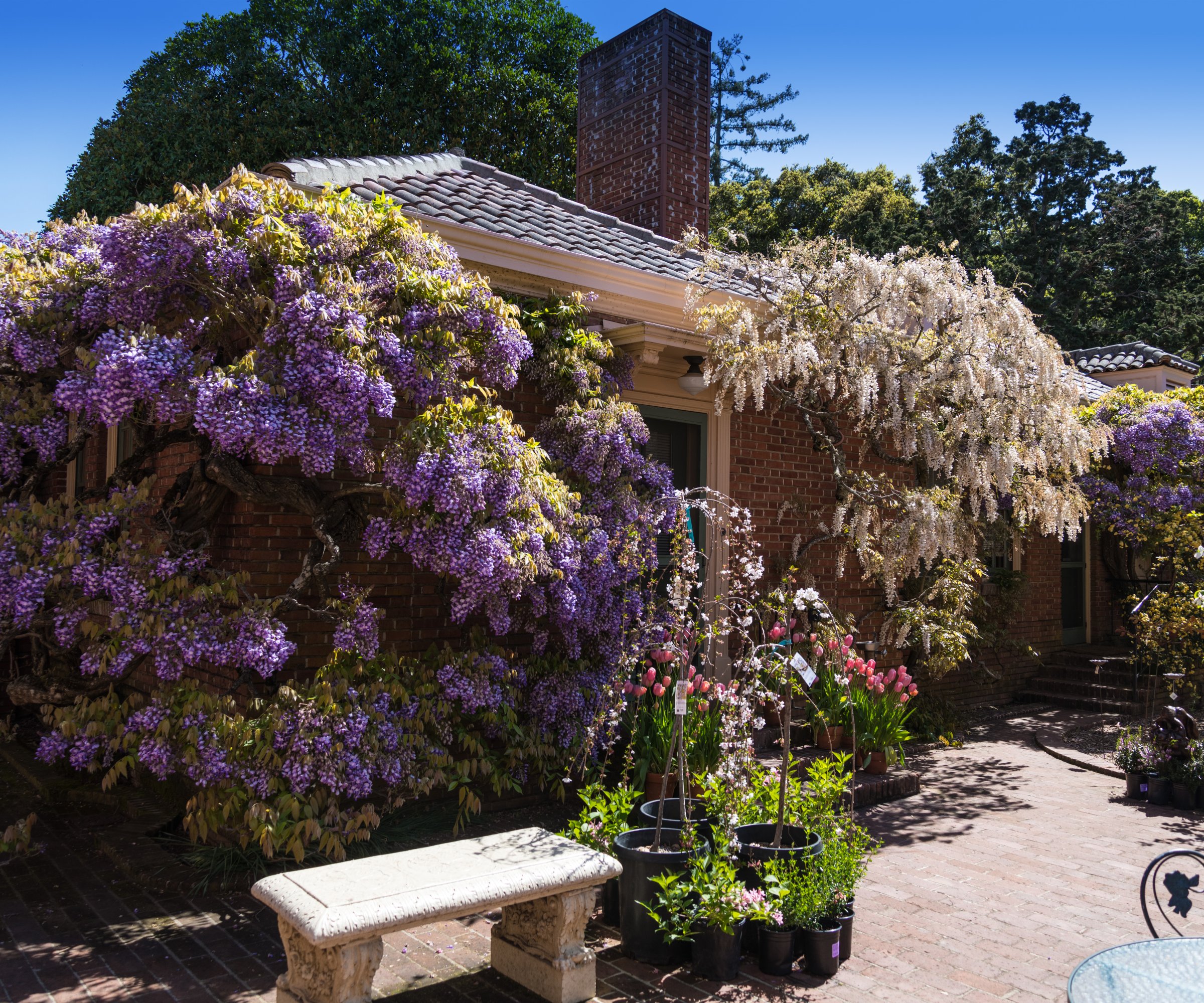
Filoli Gardens, a National Trust of Historic Preservation site, is a former country estate with an extensive landscape including 16 acres of formal gardens, 250 fruit trees, and over 75,000 bulb plants. The extensive collection of plants is exciting and representative of the ecosystem, organized into terraces, formal gardens, orchards, and wilder areas with views of the Santa Cruz mountains. Visit in springtime to appreciate the thousands of blooming daffodils.
Although generally, you have to buy admission tickets, there are no-cost and low-cost tickets available for military families and those on public assistance.
5. Missouri Botanical Garden, St. Louis, MO
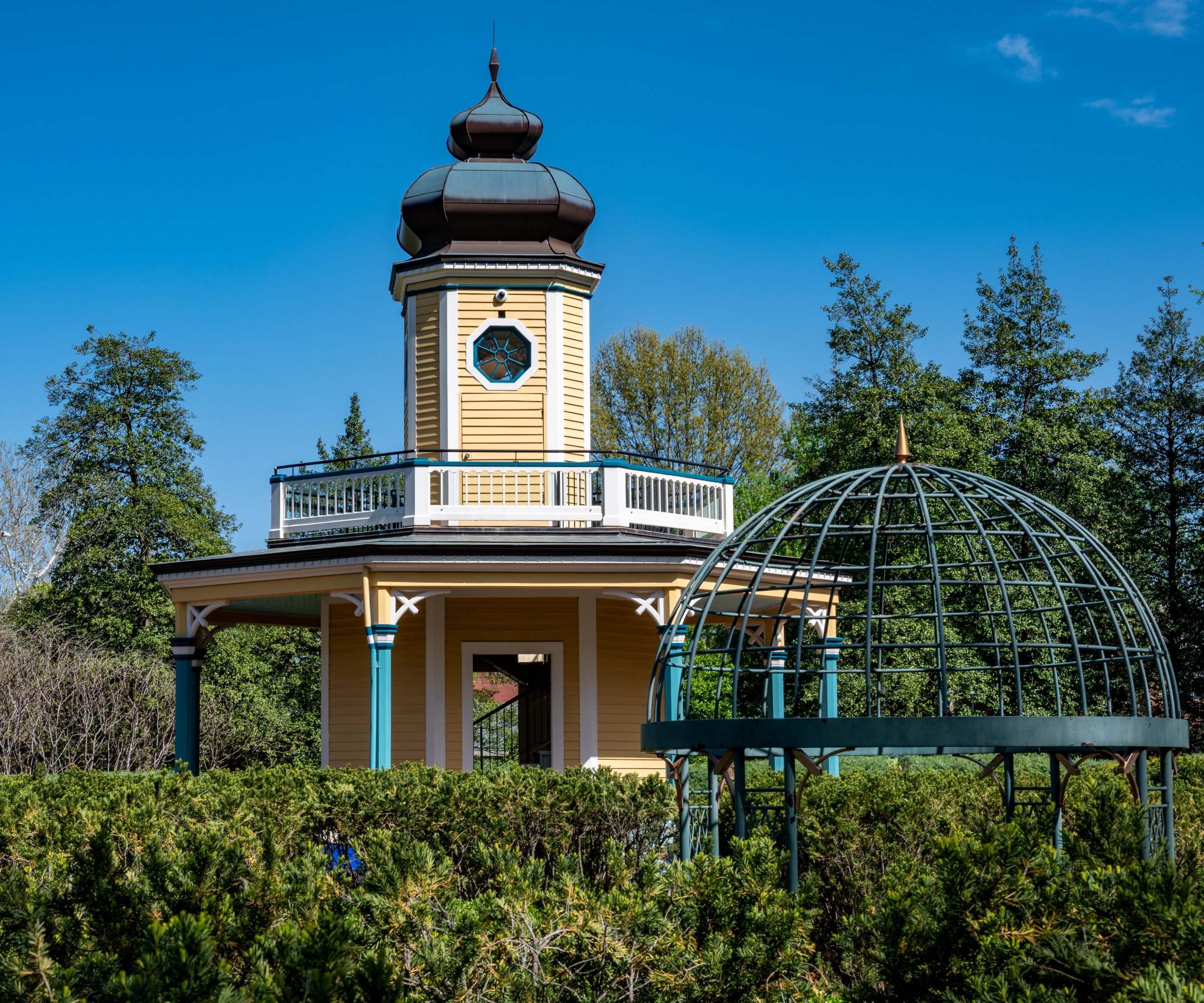
With almost 80 acres, the Missouri Botanical Garden includes over 4,800 trees and 23 demonstration gardens like the popular Japanese Garden and the English Woodland Garden. This extraordinary botanical garden has been open to the public for over 150 years and is registered as a National Historic Landmark. The garden includes a tree conservatory including a futuristic geodesic dome structure extending over a half-acre.
This is another botanical garden that doubles as a true entertainment center – a perfect spot to entertain children. You’ll find a cave they can explore, a long slide to hurtle down, a climb-up treehouse, and a good-sized steamboat. Anyone other than the very young must pay admission.
6. San Antonio Botanical Garden, San Antonio, TX
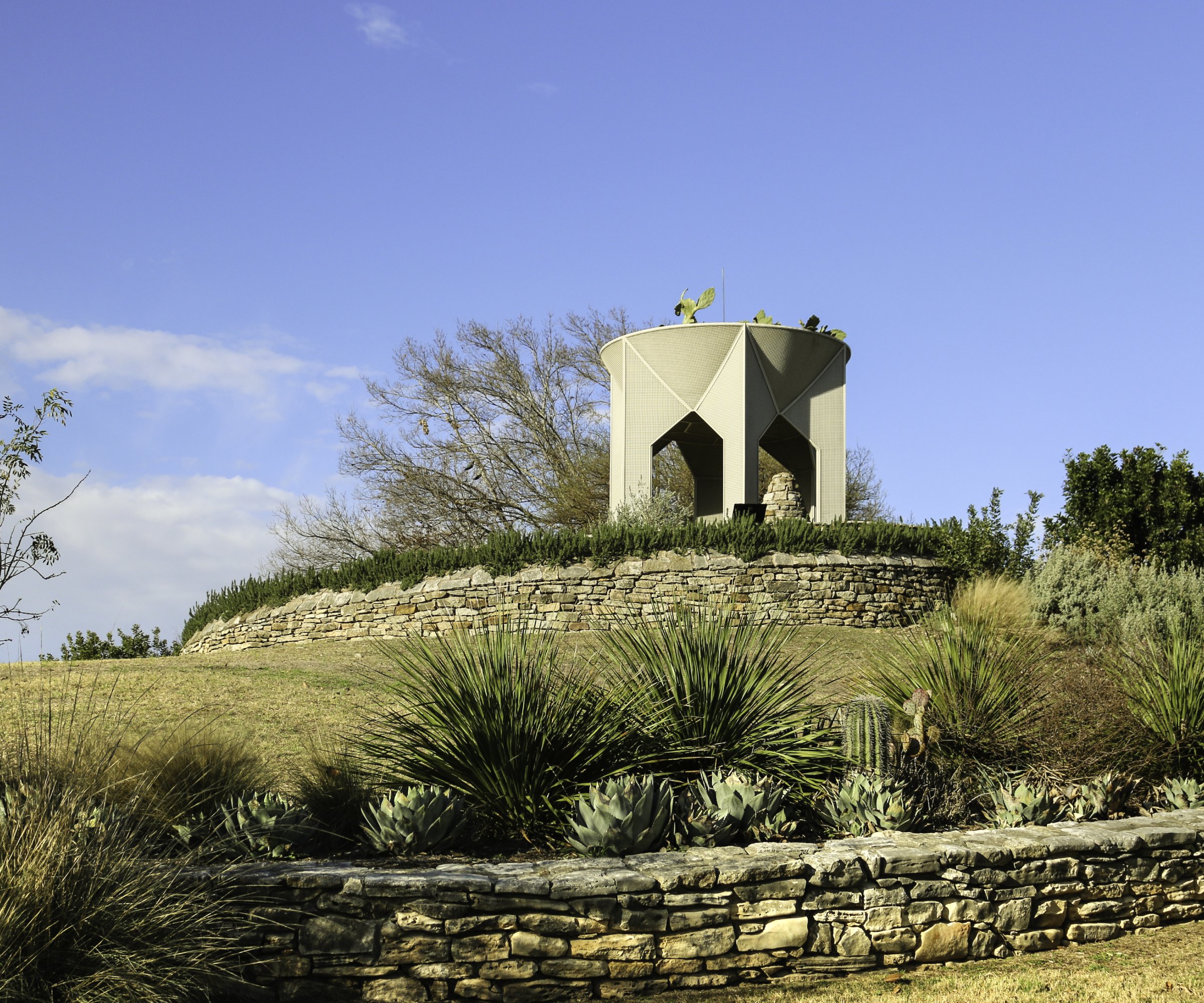
The San Antonio Botanical Garden is a great place to learn about and view wild birds – but their Bird Watch structure is only one of the fun features of the 30-acre garden. A key custodian for endangered plants as a Center for Plant Conservation (CPC), this botanical garden holds a critical role in making sure local native plants do not face extinction. Walk the Texas Native Trail for water conservation tips amid drought-tolerant plants. Don’t miss the relatively new futuristic glass conservatory standing among structures dating back to the 1800s.
7. Brooklyn Botanical Garden Brooklyn, NY
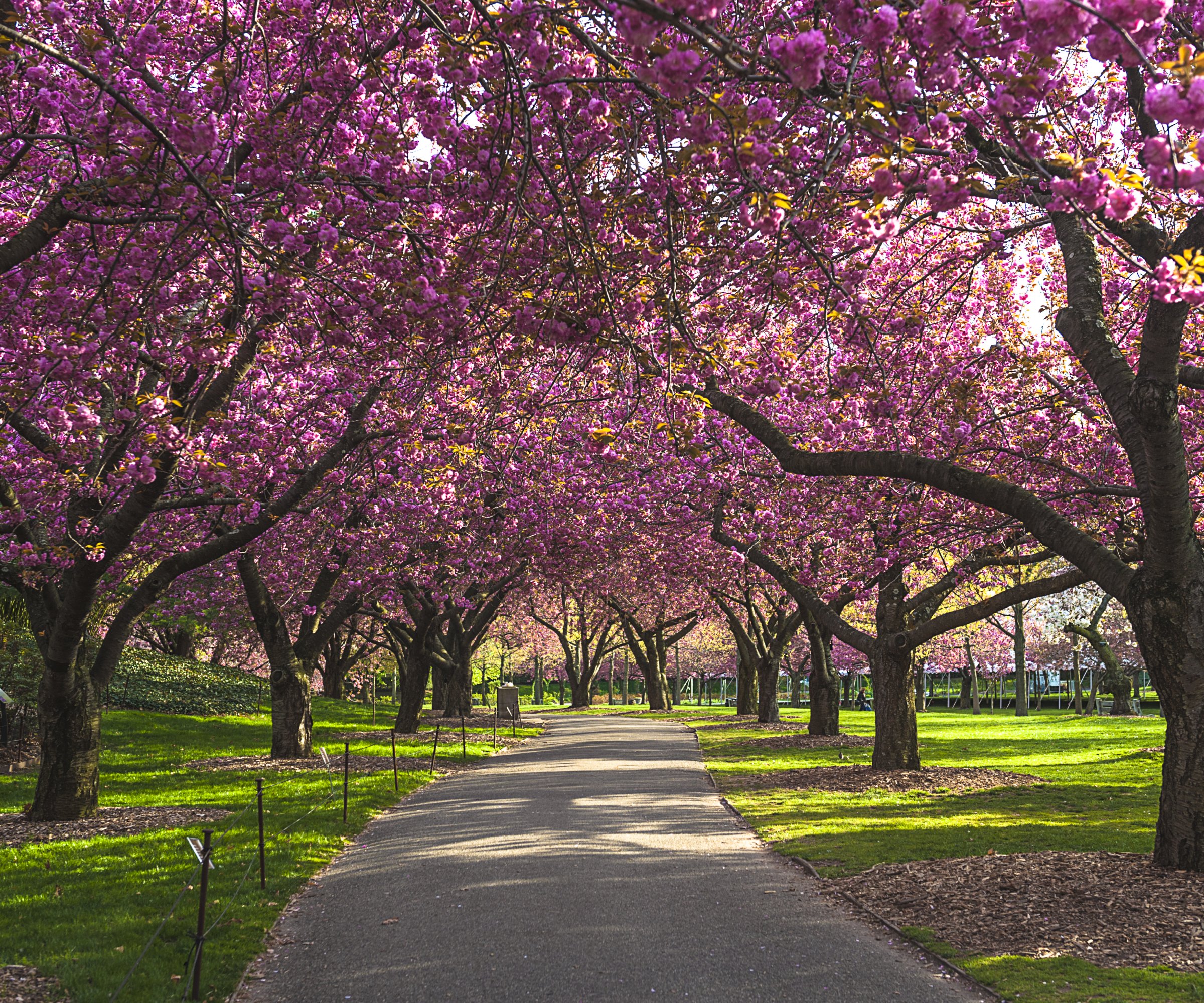
The Brooklyn Botanical Garden covers some 52 acres of land in central Brooklyn. It is home to some 14,000 taxa of plants and welcomes over 800,000 visitors annually. The specialty gardens are extremely popular, and the gardens offer educational programs giving people the opportunity to learn more about the plant collections.
The Water Garden is special. It has a winding stream that is used to trap excess rain. It flows into a little pond with native insects and animals, including dragonflies, frogs, and ducks. The lake is lined by sedges and hibiscus. It’s so close to the urban center yet a world away.

Teo Spengler is a master gardener and a docent at the San Francisco Botanical Garden, where she hosts public tours. She has studied horticulture and written about nature, trees, plants, and gardening for more than two decades, following a career as an attorney and legal writer. Her extended family includes some 30 houseplants and hundreds of outdoor plants, including 250 trees, which are her main passion. Spengler currently splits her life between San Francisco and the French Basque Country, though she was raised in Alaska, giving her experience of gardening in a range of climates.